
More Helpful Content
Are you wondering about building a cold storage warehouse? Because of rising demand and competition, the supply chain for perishable items is rapidly evolving. Production, storage, and transportation are difficult, but modernization has resulted in increased productivity and larger warehouses. Costs are always a worry for manufacturers and organizations who are constantly seeking methods to save costs. While there are various rental choices available, many manufacturers and companies prefer to build their cold storage warehouses.
However, there are costs involved, and they frequently escalate if things are not adequately planned. To begin, it is significant to identify the needs and develop an appropriate building strategy, design, and budget. Let's go through everything you'll need to know how to build a cold storage warehouse in this review.
When planning out a cold storage building, several design elements come into play. All of these elements will influence performance and, as a result, must be the most appropriate for the application.
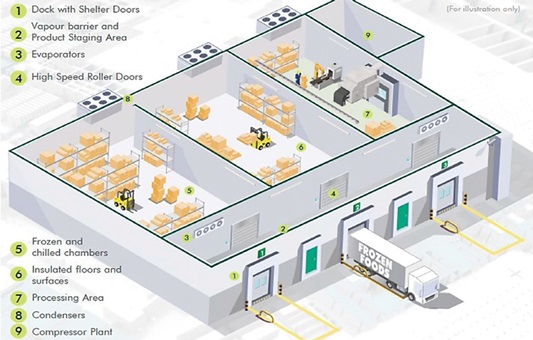
You need to consider the long term and determine your expectations from the project in the following 10 to 15 years. Moreover, know how much it will cost and how much merchandise you will have to keep. The most crucial factor is the return on investment that the fully developed warehouse will provide.
👉 Read More: All Cost To Rent A Warehouse
Besides, determine the appropriate facility size, the method in which the product will be stored, and how you will access shelves. Choose between pallets and bits, and think about a good cooling system. If your warehouse has multiple rooms for different purposes, ensure sure they are appropriately divided. Keep in mind that you may want to enlarge the warehouse later on when designing the layout.
Food quality must be maintained throughout the production, packing, and transportation processes. Location is near transportation lines are preferred, although they come at a higher price.
The monthly energy expenditures of cold storage facilities can be thousands of dollars. Installing under-floor heating systems, taking into account the temperatures of adjacent rooms, insulation, and energy-efficient LED lighting can all help reduce these costs.
A condenser, compressor, evaporator, variable frequency drive, and motor are all components of a conventional refrigeration system. Demand and return on investment must be balanced in all of these areas.
Automation improves efficiency while reducing energy use. Engineers also benefit from capabilities like data management, trend analysis, and real-time reports. This enables critical adjustments to be made quickly, ensuring that all systems are always operating at their peak performance.
Power loss can be a big challenge from a financial standpoint. Hence, electrical design considerations should include operating voltages, supply reliability, standby generation, and suitable locations of electrical rooms from where power is distributed ideally.
Cold storage warehouses must have adequate insulation and seal panels. Floors, roofs, and walls should be of sufficient thickness and coated with reflecting materials to reflect the sun's rays away.
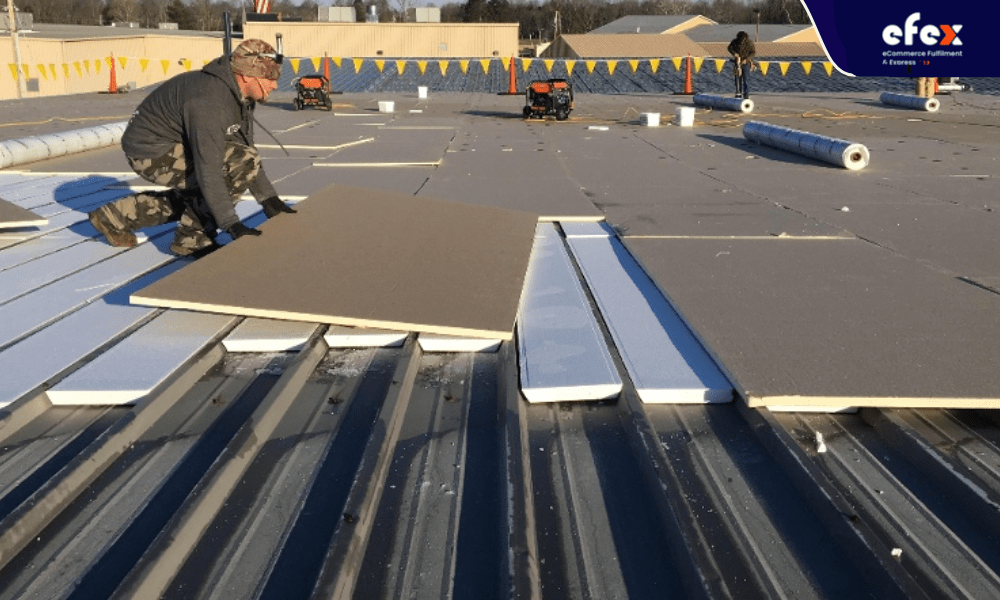
Suspended ceilings must be installed in strategic locations, adjacent to drainage points capable of removing water buildups. The materials should be able to withstand the facility's load.
We should build the structure in such a way that no columns or supports obstruct any operational activity.
Evaporators must be placed in such a way that airflow is minimized and the generation of snow is limited. Rapid roller doors that keep a warm space for personnel and a chilly environment for the products are preferred features, as are refrigeration fans that do not function in the presence of people.
We usually use concrete for the floor, which should be leveled and free of cracks. It should also be post-tensioned to eliminate the requirement for expansion joints. For maintaining required insulation, vapor barriers or subfloor heating systems may be recommended.
We suggest setting up the cold storage facilities to maximize storage space and employee numbers. They should be provided with a variety of conveniences so that they may work comfortably and efficiently.
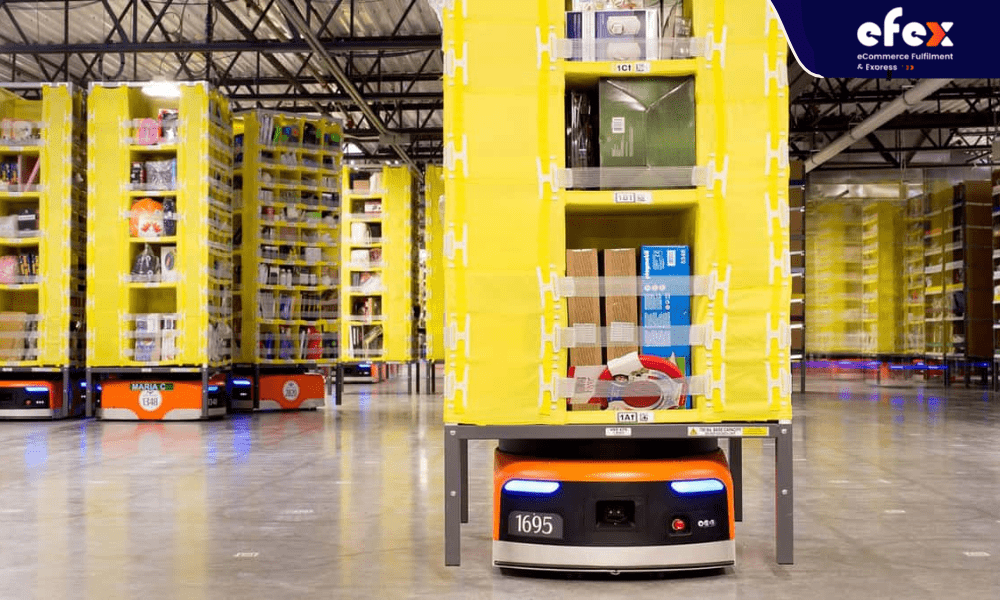
Many companies can gladly construct a cold storage facility for you, but make sure they are a suitable fit before hiring them. Hire a company that has the experience, has executed a project comparable to yours, and understands the potential issues that may develop during the planning and execution process. Talk to industry experts, ask for referrals, read internet evaluations, and attend tradeshows to learn more about the companies. Then narrow down the names you come across.
An anhydrous ammonia unit is used to produce cold air. Considering the costs of these refrigerants, the following points should be kept in mind, all of which incur greater costs. Because ammonia is incompatible with copper pipes, you'll need to use a different material, which could raise the entire cost. Also, ammonia is harmful to humans so all personnel on duty will require extra training. Deploying essential security measures and providing workers with necessary safety equipment and gear is also mandatory.
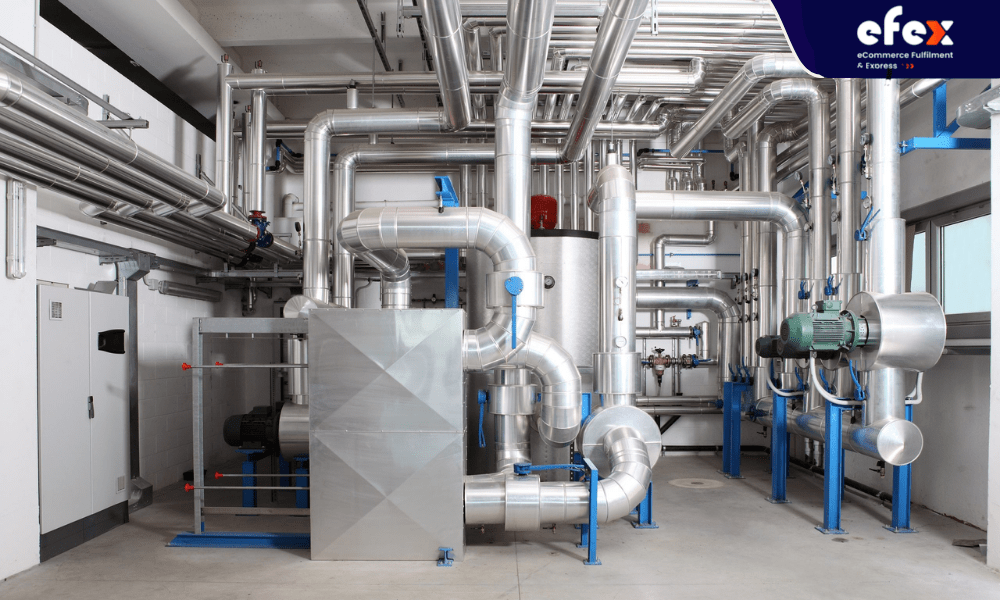
Cold storage must be kept within a specified temperature range, which is only possible with good insulation. When installation, you need to take care to ensure that the entire warehouse is tightly sealed. If there are leaks, the strain on the cooling units will increase, affecting power bills. This puts HVAC systems at risk of failure, which is another problem that needs to be addressed. Insulation can be achieved using a variety of materials, although the overall efficiency and R values will differ.
Fiberglass is a more cost-effective solution than polyurethane foams. Temperature transfer resistance is determined by the R-value; higher R values mean higher upfront expenditures, but they also enhance insulation, resulting in long-term cost benefits. Another factor to consider is the flammability of various insulation types, as well as the environmental damage they might do. To balance R-value, environmental implications, fire risks, and prices, many cold storage warehouses utilize several insulation materials. The following is a list of common insulation materials.
Because of its weave of fine glass fragments and insulative substance, fiberglass is perhaps the most frequent material used for insulation. It is capable of limiting heat transfers. When fiberglass is handled, however, it poses a risk to personnel. Because it's comprised of woven silicon and glass powder, it produces microscopic glass shards that can harm the eyes, lungs, and skin if proper precautions aren't done. Fiberglass, on the other hand, provides good insulation and is non-flammable. The R values range from 2.9 to 3.8 per inch, and the costs are reasonable.
Mineral wool refers to a variety of insulation materials, including glass wool, rock wool, and slag wool. Glass wool is a type of fiberglass manufactured from recycled glass. Basalt is used to make rock wool. Steel from steel mills is used to make slag wool. Mineral wool doesn't have a lot of fire resistance, so it shouldn't be utilized in situations where there's a lot of heat generated. The substance, however, is still non-combustible. Mineral wool can still be useful when used with other combustible insulation materials. R is a number that ranges from 2.8 to 3.5.
Cellulose is a loose material formed from paper, recycled cardboard, and other materials. R values range from 3.1 to 3.7, which is enough for most applications. Cellulose reduces possible fire damage because of its compact form, lacks oxygen, and so does not contribute to fire. Cellulose is inexpensive, but it can cause allergies in some people.
Although this material has good insulating characteristics, it is not employed where cost is a major consideration. Polyurethane foam is costly, but it is a worthwhile investment. Polyurethane has an R-value of 6.3 and is lightweight. Because of its low density, the substance can be sprayed into locations where there is no insulation.
Polystyrene is a waterproof thermoplastic foam. It is resistant not just to heat transfer but also to sound. Polystyrene is classified into two types: expanded and extruded. The former is abbreviated as EPS, while the latter is known as XEPS or Styrofoam. EPS has an R-value of 4, whereas XEPS has an R-value of 5.5. Both of these materials have a smooth surface, which no other insulator has. Polystyrene is commonly used to make blocks that are used to insulate walls. Because the material is flammable, it must be coated with a fire-resistant compound before installation.
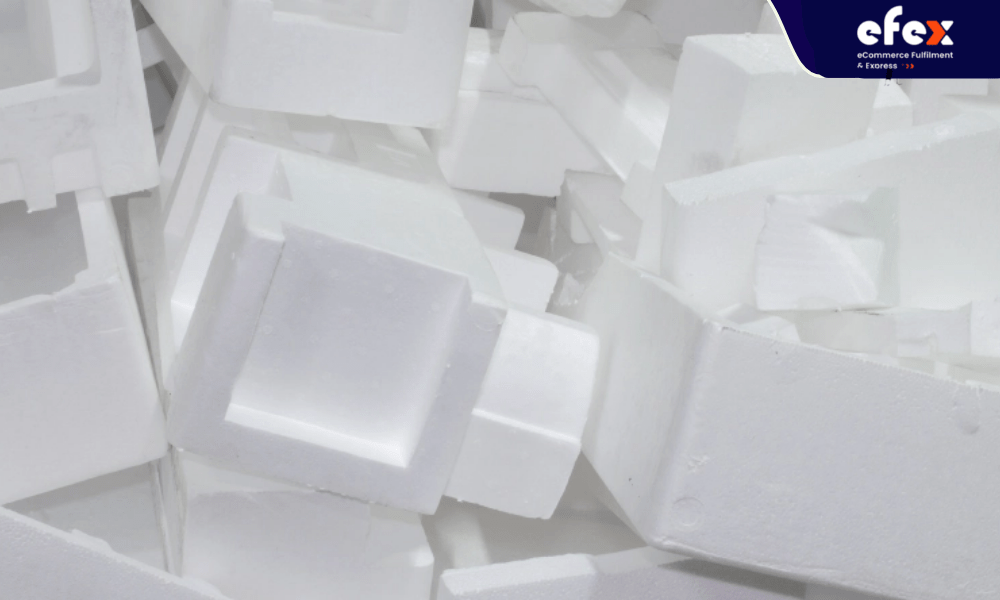
Other insulators can be utilized, although they are recommended in just a few cases. Pyrogel is utilized in sectors that value efficiency. Cotton and sheep wool are also popular natural fibers.
A cold storage warehouse consumes a substantial amount of power, most of which is consumed by lighting and HVAC systems. Other components, such as automatic doors, response systems, and security monitors, may also want power. All of this contributes to operational costs, which can quickly escalate if particular criteria are not followed.
Furthermore, another power supply source should be provided as an alternate on a constant basis, increasing costs even further. Even at a bare minimum, this backup power should be sufficient to keep perishable commodities at the proper temperatures.
Depending on the project's goals, several materials and methods can be used to build cold storage warehouse costs. The qualifications for some of these are quite evident from the outset. From the building materials to the diameter of the drains, the owners know exactly what they want. Taking into account other projects, stakeholders outline their expectations before turning to their construction experts for layout design.
Energy-saving elements are more expensive, but they save money in the long run. LED lighting, automated mechanical systems, and other comparable components offer higher returns on investment and efficiency gains. Refrigeration systems and compressors can also help you save money by increasing efficiency.
For air conditioning and fans, electricity costs approximately $2,300 per year. 10% is for other equipment and requirements. Summer temperatures are higher, which translates to higher bills. As the amount of energy consumed decreases from August onwards, the monthly operating costs decrease. The average monthly bill for June and July is roughly $450. In August, they drop to a little more than $150. The average monthly bill remains under $100 from September through February.
A typical above-ground unit is built using modular components and manufactured aluminum panels with an R-value of 34. HVAC units are often positioned inside, near a metal pole barn, to save on insulation, concrete, and timber. Because of the higher heat conduction gain, electrical costs will also climb. The total cost of such a unit is roughly $33,300, but a basement unit has an initial cost of more than $50,000.
Designing a cold storage building envelope is a complicated task that necessitates meticulous attention to detail and a collaborative design team knowledgeable about cold storage best practices.
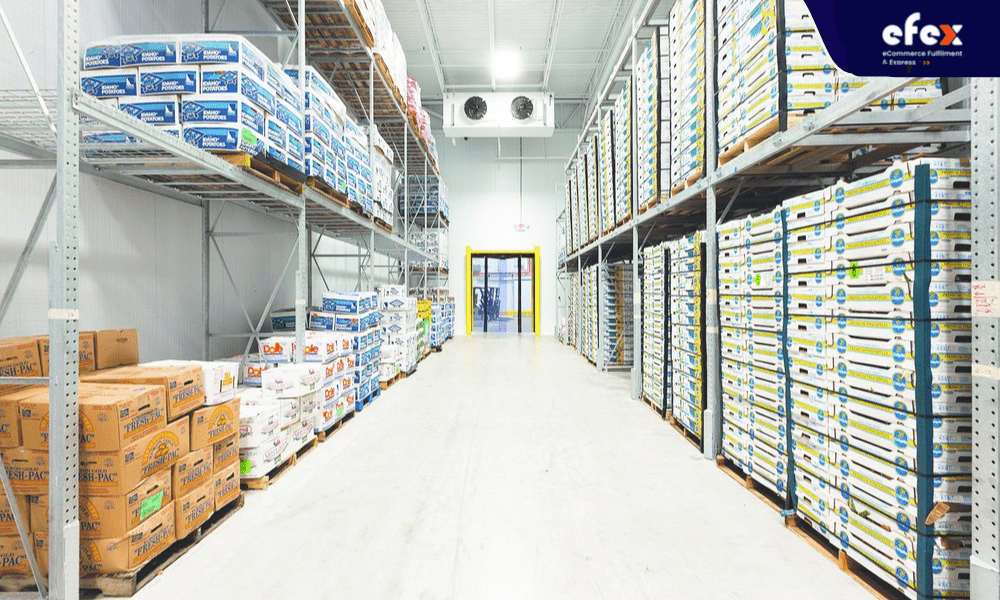
It's critical to understand how air moves, as well as how moisture and heat are transmitted throughout a cold storage envelope. It is necessary to carefully construct openings in cold storage facilities with doors that seal tightly, strips that stop airflow, and intermediate temperature rooms that operate as airlocks to minimize the transmission of cold and hot air. Understanding moisture is probably the most difficult aspect of planning a building envelope.
The moisture capacity of cold air is smaller than that of warm air. Because there is less moisture in the cold storage compartment, moisture from outside attempts to enter to balance out the moisture levels. Temperature is the common thread that influences air density and humidity. Properly sealing and insulating the building envelope to create a continuous vapor barrier and decrease heat transfer is crucial in cold storage architecture.
Drawing for a 40°F cold storage warehouse that can handle a cooler differs from designing for a -32°F freezer warehouse since particular considerations must be made to deal with ice. Special care must be taken to remove and prevent ice formation around the freezer envelope. Although this is especially critical around openings and machinery in a cold storage facility, probably the most serious worry in a freezer is below the slab. You need to keep an eye on:
Because temperatures vary across the United States, it's crucial to work with your mechanical engineer to determine the proper R-value—or panel thickness—for the floor, walls, and roof of the building envelope to strike a balance between insulation and energy costs. It's also crucial to consult with your refrigeration design professionals to determine the best refrigeration system for your needs.
This should be done early in the design phase to aid in the creation of the most efficient building design while also accounting for space requirements and limits. It also makes it easier to figure out how many penetrations into the building envelope are needed to support the refrigeration process.

The use of insulated metal panels (IMPs) for the building envelope and continuous insulation at all transitions is a recommended practice. This means that thermal gaps between the slab, wall, and roof insulation must be provided. It is also critical to examine all envelope terminations and material transitions, as well as to guarantee that the vapor barrier is continuous. You will have a buildup of ice and a failure in the space if you do not ensure a vapor-tight envelope with insulation-to-insulation conditions.
Understanding building materials and how temperature affects them is imperative. Metal transmits temperature when it enters places with varying temperatures. A freezer structure, on the other hand, is fully separate and independent from the surrounding warmer region, thus there is no temperature transfer between the two. Galvanizing structural steel is a significant "do." Without this protection, the steel will rust over time as a result of the surrounding environment.
Cold storage facility racking and retrieval systems can be manual, but they're more likely to be automated in a large warehouse with cranes and retrieval components these days. As a result, it's essential to understand how the facility's owner plans to use the racking and retrieval system, as the most efficient design can differ depending on the client's needs.
It can be difficult to find board insulation that fits into all of the "nooks and crannies" when you make the various transitions. To maintain a continuous thermal envelope, it's critical to employ foam-in-place insulation at transitions between the wall and the roof.
Pay particular attention to any little cracks or penetrations. To ensure continuous insulation and a vapor-tight envelope, materials must be insulated, elements must be heat-traced, and penetrations must be appropriately insulated and sealed. This comprises sealant applied to both the insulated panel and surface joints. And, while we're on the subject of joints, make sure to include joint sealants in the floor slab control and expansion joints, which may be placed and maintained at lower temperatures. Install the sealant only after the space has reached the ultimate temperature to ensure that the complete joint is filled due to slab contraction.
When building next to an existing freezer or cold storage, don't forget to consider heat transfer. Heat transmission from nearby structures must be considered if there are various floor heights. Vertical transitions, such as concrete stem walls, may require heat trace or glycol warming. You can decide how roof insulation is installed in a variety of ways.
If you're operating in a region where wind uplift necessitates fastening through the insulation, stainless-steel fasteners should be specified to limit the risk of corrosion. Avoid parapet situations at cold storage regions owing to heat transfer because you don't need to get too creative with architectural elements for a cold storage facility.
For easy installation, keep transitions and terminations of insulation, vapor barriers, and panels simple and tidy. Don't just end with the design. While all components must be installed properly to ensure a vapor-tight enclosure that prevents ice buildup inside the freezer, pre-qualification of contractors who have worked on similar project types and sizes is strongly advised.
Pre-installation meetings are also necessary to define particular requirements and go over details. It is also recommended that all parties observe and document the situation on the ground. At the end of the day, it's always easier to do things right the first time than it is to fix something after it's been covered up.
👉 Read More: 11 Detailed Steps To Build An Office In A Warehouse
Cold storage warehouses play an important role in our country's food supply and distribution network. EFEX have done the review about everything you need and care about when deciding to build a warehouse. It can help you focus on even the smallest of details, and allow a client to fully concentrate on logistics and operations for successful delivery to the marketplace.


